
Tongli vibrating screen works by using the reciprocating vibration generated by the vibrator excitation. The upper rotating weight of the vibrator makes the screen surface produce plane gyration vibration, while the lower rotating weight makes the screen surface produce conical gyration vibration. The combined effect makes the screen surface produce complex gyration vibration. Its vibration trajectory is a complex space curve. The curve is projected as a circle on the horizontal plane and an ellipse on the vertical plane. The amplitude can be changed by adjusting the exciting force of the upper and lower rotating weights. And adjusting the spatial phase angle of the upper and lower weights can change the curve shape of the screen surface motion trajectory and change the motion trajectory of the material on the screen surface.
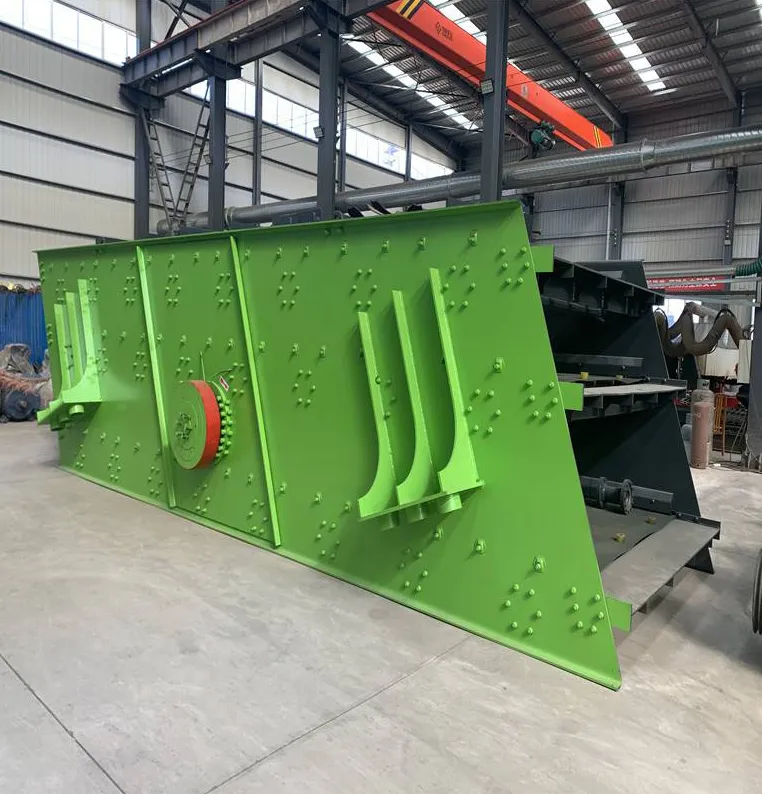
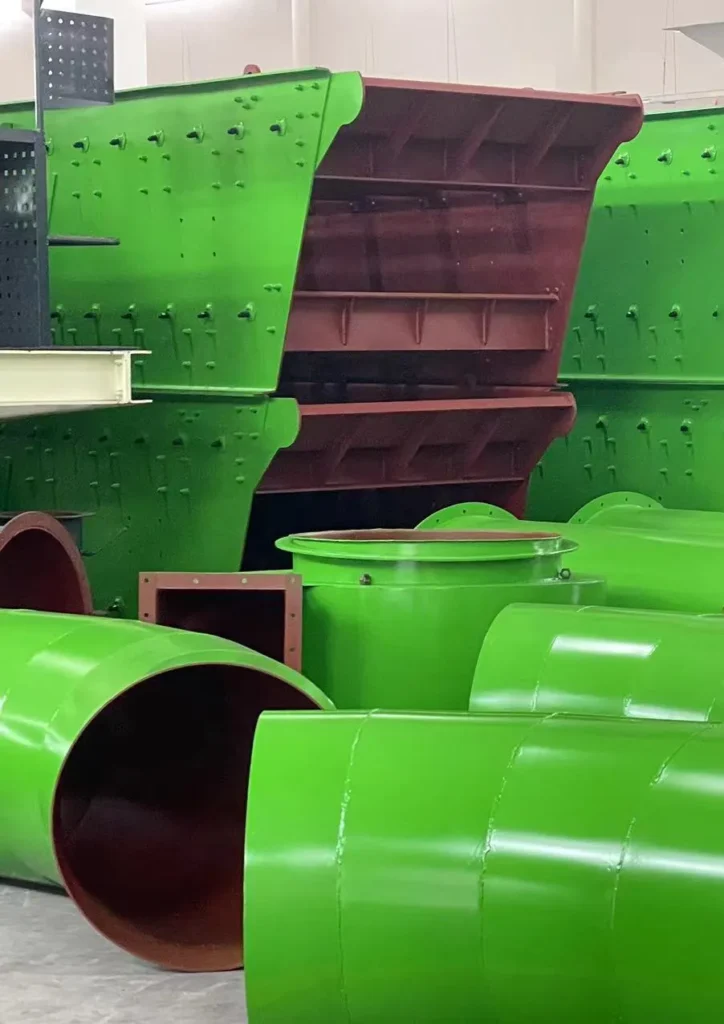
Efficient Vibrating screen Solution
A MACHINE YOU CAN DEPEND ON!
Tongli vibrating screen is driven by eccentric shaft, which produces elliptical motion trajectory and has high screening efficiency. High-frequency vibrating screen can reach 1800-3600rpm, which is suitable for fine powder screening. The multi-layer screen design can separate 3-5 particle sizes at the same time, and the screen inclination is usually 15-25 degrees. The amplitude is adjustable, ranging from 2-10mm. The processing capacity of large vibrating screens can reach 500 tons/hour, and the screening accuracy can reach 37 microns. The life of wear-resistant rubber screen can be extended by more than 50%.
The vibrating screen is made of high-strength steel, and the wall thickness of the screen box is usually 8-12mm. The screen mesh is mostly made of stainless steel wire or polyurethane, which has strong wear resistance. Some models use rubber composite screen mesh, which has a lifespan that is 50-100% longer than ordinary metal screen mesh. Wear-resistant lining is often used on the inner wall of the screen box to reduce wear and extend the service life of the equipment
Vibrating screens usually adopt 2-5 layers of screen design, which can separate multiple particle sizes at the same time. The top screen has the largest aperture and the minimum can reach 0.074mm. The multi-layer structure improves the single processing efficiency, and the large vibrating screen can reach 300-500 tons/hour. The screen inclination is 15-25 degrees, combined with the elliptical motion trajectory, to ensure uniform distribution of materials and improve classification accuracy.
The amplitude and frequency of the vibrating screen can be adjusted according to the characteristics of the material. The amplitude range is usually between 2-10mm, and the frequency can reach 900-3600rpm. High-frequency vibrating screens are suitable for fine powder screening, and low-frequency and large-amplitude vibrating screens are suitable for coarse materials. By adjusting the weight of the eccentric block or the motor speed, the screening effect of different materials can be optimized
| Model | Max Feed Size (mm) | Number of Layers | Capacity (t/h) | Motor Power (kW) | Screen Size (m*m) | Vibration Frequency (r/min) | Double Amplitude (mm) |
| 2TES1860 | 150 | 2 | 150-350 | 13606 | 1.8*6.0 | 750-850 | 45580 |
| 3TES1860 | 150 | 3 | 150-350 | 13606 | 1.8*6.0 | 750-850 | 45580 |
| 2TES2060 | 150 | 2 | 200-400 | 13606 | 2.0*6.0 | 750-850 | 45580 |
| 3TES2060 | 150 | 3 | 200-400 | 13606 | 2.0*6.0 | 750-850 | 45580 |
| 2TES2460 | 150 | 2 | 260-500 | 16528 | 2.4*6.0 | 750-850 | 45580 |
| 3TES2460 | 150 | 3 | 260-500 | 16528 | 2.4*6.0 | 750-850 | 45580 |
A vibrating screen operates by using a motor to drive an eccentric shaft, creating vibration and forming elliptical or linear motion paths. The screen box is inclined at 15-25 degrees, allowing materials to move and be classified along the screen surface.
The screen apertures range from 0.074mm to 100mm, capable of separating 2-5 sizes simultaneously. Amplitude typically ranges from 2-10mm, with frequencies between 900-3600 rpm. Smaller particles pass through the screen, while larger particles are conveyed to the discharge port.
Multi-layer screens enhance efficiency, with handling capacities reaching 300-500 tons/hour.
Vibration parameters can be adjusted according to material characteristics to optimize screening. Screening efficiency is generally between 85-95%, with some high-efficiency screens reaching up to 98%. Vibrating screens are widely used in industries like ore, coal, sand, and chemicals, serving as crucial material classification equipment.
Vibrating screens are mainly divided into circular vibrating screens and linear vibrating screens. Circular vibrating screens create circular or elliptical motion paths, suitable for most materials, with capacities up to 500 tons/hour.
Linear vibrating screens produce linear motion, ideal for difficult-to-screen materials, such as wet and sticky substances. Additionally, there are high-frequency vibrating screens (1800-3600 rpm) for fine powder screening; heavy-duty vibrating screens for large particle screening in mining; and multi-layer vibrating screens for separating multiple sizes simultaneously. Different types are suited to various working conditions and material characteristics.
Choosing a vibrating screen requires consideration of material characteristics (size, moisture, density), capacity, screening precision, and work environment. Fine powders (<0.1mm) are best suited for high-frequency vibrating screens (1800-3600 rpm).
Large particles (>10mm) should use low-frequency, large amplitude screens. Capacities over 300 tons/hour may require large circular vibrating screens. Wet sticky materials are better suited for linear vibrating screens.
Considerations also include screen type, number of layers (typically 2-5), and screen box inclination (15-25 degrees). For example, for processing 100 tons/hour of 1-10mm sand and gravel, a medium circular vibrating screen with 3 layers, 20-degree inclination, 5-7mm amplitude, and 1200-1500 rpm frequency may be chosen.
Common screens include wire mesh, perforated plates, polyurethane screens, and rubber screens. Wire mesh offers good wear resistance and high precision, with minimum apertures down to 37 microns.
Perforated plates have high strength, suitable for large particle screening. Polyurethane screens offer strong wear resistance, lasting 3-5 times longer than wire mesh. Rubber screens have excellent anti-blocking properties, lasting 50-100% longer than metal screens.
Different materials require different screens, such as wire mesh for ores and polyurethane screens for chemical powders. Screen replacement cycles range from 3 months to 2 years, depending on material and usage conditions.
The processing capacity of a vibrating screen depends on the model, size, and material characteristics. Small screens handle 10-50 tons/hour, medium screens 100-300 tons/hour, and large screens up to 300-500 tons/hour.
Screen area ranges from 1 to 10 square meters, directly affecting capacity. Amplitude (2-10mm) and frequency (900-3600 rpm) are also key factors. For example, a circular vibrating screen with a 5-square-meter surface can process up to 200 tons/hour of dry sand but may drop to 50 tons/hour with wet clay.
Characteristics like material size, moisture content, and density affect actual capacity, so choosing the appropriate model based on specific conditions is essential. Multi-layer screens can improve overall efficiency, but single-layer capacity may decrease accordingly. Some high-efficiency screens use special designs, like curved screens or multi-point excitation, to further enhance capacity.
Foundation Stability: Ensure the foundation is solid and level to prevent excessive vibration or movement during operation. A stable foundation minimizes wear and tear on the machine.
Proper Alignment: Align the vibrating screen accurately with the feed and discharge points. Incorrect alignment can lead to uneven loading, reducing efficiency and potentially causing damage.
Safety Measures: Install safety guards and barriers to prevent accidental contact with moving parts. Ensure emergency stop buttons are accessible and functioning.
Vibration Isolation: Use rubber pads or springs to isolate vibrations and reduce noise. This also protects the surrounding equipment and structures from vibration-related damage.
By considering these factors, you can ensure efficient and safe operation of the vibrating screen.
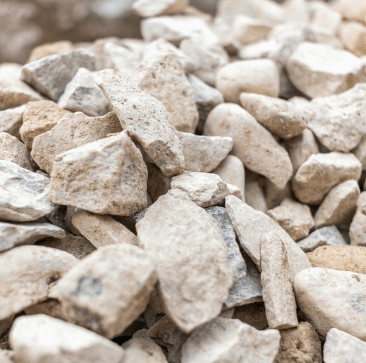
This type of fertilizer contains trace elements required for plant growth, such as zinc, iron, and manganese. Vibrating screens can be used to separate qualified particles and remove uneven parts to ensure that the fertilizer can release trace elements evenly when applied.

This fertilizer provides potassium and does not contain chlorine, and is suitable for a variety of crops. Vibrating screens are used to remove particles that do not meet the standards, ensure uniform particles, improve application effects and crop absorption rates.
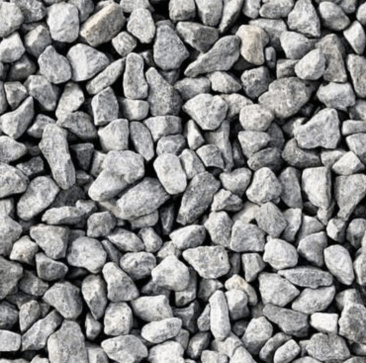
Potassium chloride compound fertilizer mainly supplements potassium for crops. Vibrating screens are used to separate oversized or undersized particles to ensure particle consistency and accuracy during fertilization.
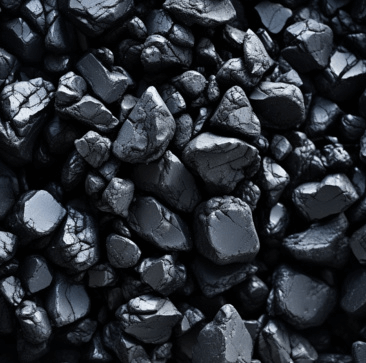
Urea is a common nitrogen fertilizer. Vibrating screens are used to screen out unqualified particles in production, ensure consistent particle size, improve fertilization uniformity and prevent waste.
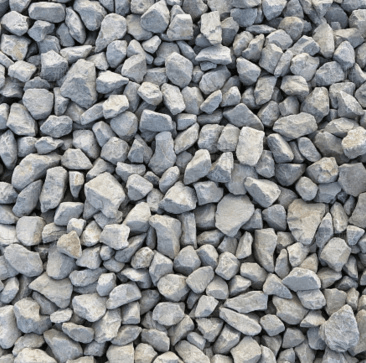
Calcium nitrate fertilizer provides calcium and nitrogen and is an ideal fertilizer for improving soil structure. Vibrating screens can be used to separate qualified particles, maintain particle size and consistency, reduce dust and improve storage stability.

Amino acid fertilizer is rich in organic ingredients that help crop growth. Vibrating screens can screen out fine powder and oversized particles, ensuring that the finished particles are uniform and easy to apply and absorb.
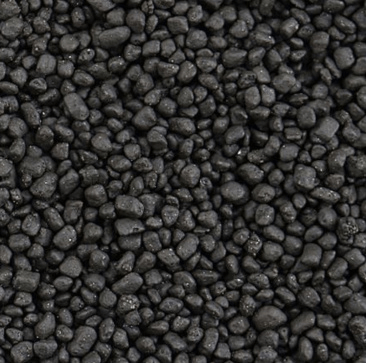
This fertilizer contains high concentrations of phosphorus and nitrogen. Vibrating screens are used to screen out qualified particles, remove impurities and unqualified particles, and improve product quality and effectiveness when applied.
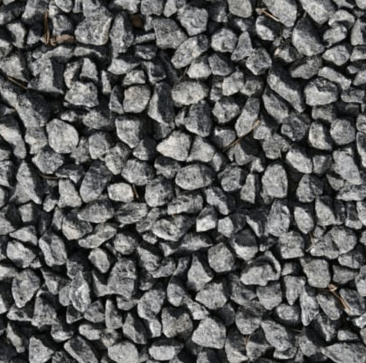
Humic acid fertilizer has the effect of improving soil and promoting root development. Using a vibrating screen can ensure the uniformity of particles, reduce dust, facilitate application and improve the effect of fertilizer in the soil.
You can get in touch with us through the following contact information
AddressNo. 2289 Huancheng South Road, Tongxiang, Jiaxing, Zhejiang Province, China. Zip code:314500
Please fill in the sales inquiry form and our sales representatives will be in touch shortly.